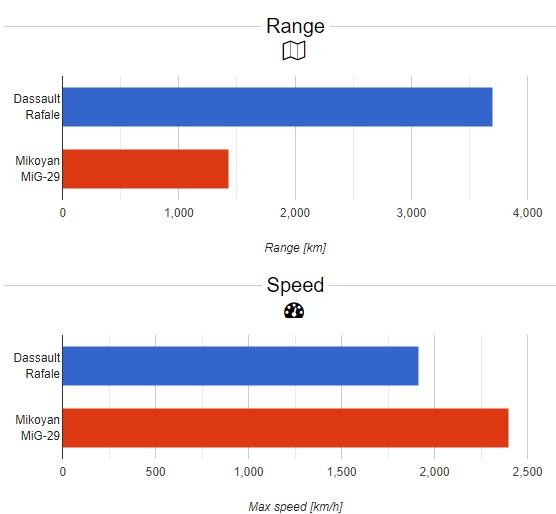Bloomberg quotes Serbian President Aleksandar Vučić as saying, “Serbia Eyes French Jets as President Vucic Vows to Boost Defense Spending” at the international defense industry fair IDEX-2023 in Abu Dhabi, United Arab Emirates, on 20 February 2023.
Serbian President Aleksandar Vucic has vowed to increase defense spending to modernize the Serbian armed forces, including through the possible purchase of French combat aircraft and providing “competitive” salaries for elite units.
The Balkan country may spend an additional 700 million euros ($748 million) this year on top of the defense budget set at nearly $1.5 billion, Vucic said at the IDEX-2023 arms fair in Abu Dhabi. According to him, the additional funds will be used for the modernization of tanks, the purchase of 200 armored vehicles, UAVs, and the recruitment of recruits to elite units.
He said the agreed contract to buy the Rafale with France’s Dassault Aviation SA could be worth another €3 billion if negotiations with the manufacturer are successful. Last April, President Vucic said that Serbia, which has traditionally depended on Russian combat aircraft and technology, could buy at least 12 Rafale fighters.
“Our military should be much, much stronger,” Vucic said on live television on 20 February. – “This is important for Serbia’s survival, we need a strong deterrent.”
Other European countries are currently increasing their military budgets, he said, and “governments are spending on defense like drunken millionaires”.
Nevertheless, the price may be high for a nation that is not part of major defense alliances and insists on military neutrality, even though it is almost entirely surrounded by NATO members. The nation has also stood out in Europe by refusing to impose sanctions against Russia, although as a candidate for European Union membership, it has condemned Vladimir Putin’s attack on Ukraine.
Vucic said Serbia’s public debt would remain below 56% of the gross domestic product, despite skyrocketing spending. He promised a “competitive” net salary of at least $2,200 a month for men and women who join special units in the Serbian army. According to the statistics service, the average net monthly salary in Serbia is now about $700.
According to Vucic, Serbia relied on Russian-made MiG-29 aircraft for air defense, but after the Kremlin’s invasion of Ukraine, buying spare parts for them has become almost impossible.
Let us recall that back in the spring of 2022, it became known that the French company Dassault Aviation was in talks with Serbia regarding the sale of 12 newly manufactured Rafale multirole fighters and that Serbian President Aleksandar Vučić was an active supporter of their purchase.
However, so far the contract, estimated at more than 3 billion euros, has not been agreed upon, which is apparently due to financial problems on the Serbian side. However, in his speech at IDEX-2023 in Abu Dhabi, Vucic confirmed active negotiations with Dassault Aviation, and that there is talk of purchasing 12 Rafale of new production.
“We are in talks with Dassault Aviation, we also spoke when I was in Paris. It will be the most expensive contract, it will certainly be more than three billion euros, and you also take into account inflation,” Vucic said.
According to Serbian sources, in his speech at IDEX-2023, Vucic also stated that the Serbian army will be supplied with more than 200 new or modernized nationally produced ground combat vehicles worth some 300 million euros between 2023 and 2024 (until September 2024), including 29 upgraded tanks (apparently according to the M-84 AC1/AC2 variant), 39 Lazar 3 (8×8) wheeled armored personnel carriers, 26 upgraded BRDM-2, 109 Mali Milos unarmoured ground combat platforms and 12 upgraded 2S1M Gvozdika 122mm self-propelled howitzers with a modern fire control system.
Serbian observers pay special attention to the statement of Vucic about the intention to buy for the Serbian army in 2023-2024 60 long-range multi-purpose missile systems ALAS (Advanced Light Attack System, ALAS), with a TV and thermal imaging fiber-optic cable, with a range of 25 km, and up to 60 km in the upgraded version. It should be noted that judging from the course of combat operations in Ukraine, such a system could become probably the most effective military high-precision weapon for tactical engagements, replacing APCs, barrage munitions, and to a large extent artillery, but this type of weapon has been ignored in Russia for some reason for a long time.
Dassault Rafale Vs Mikoyan MiG-29







